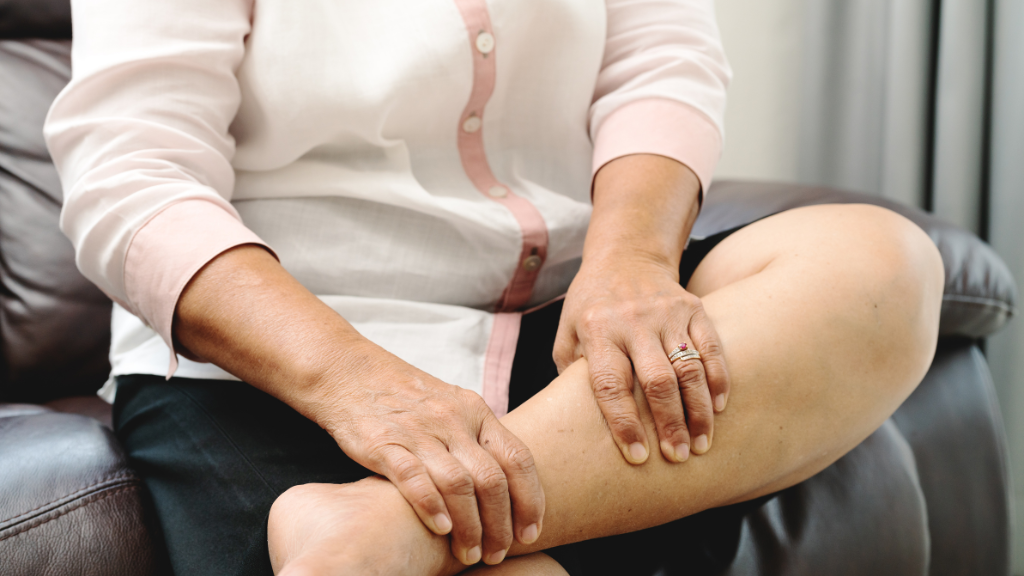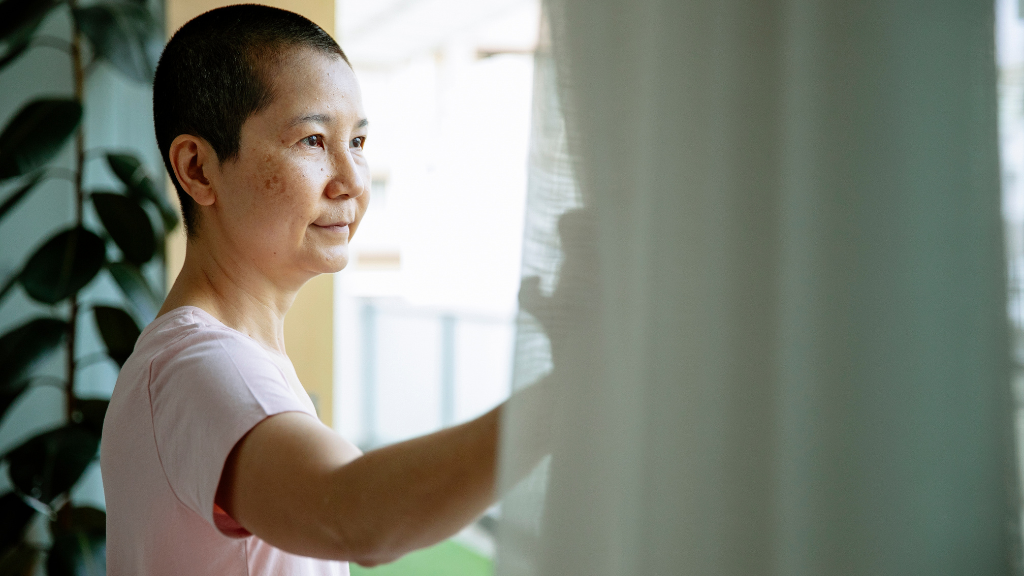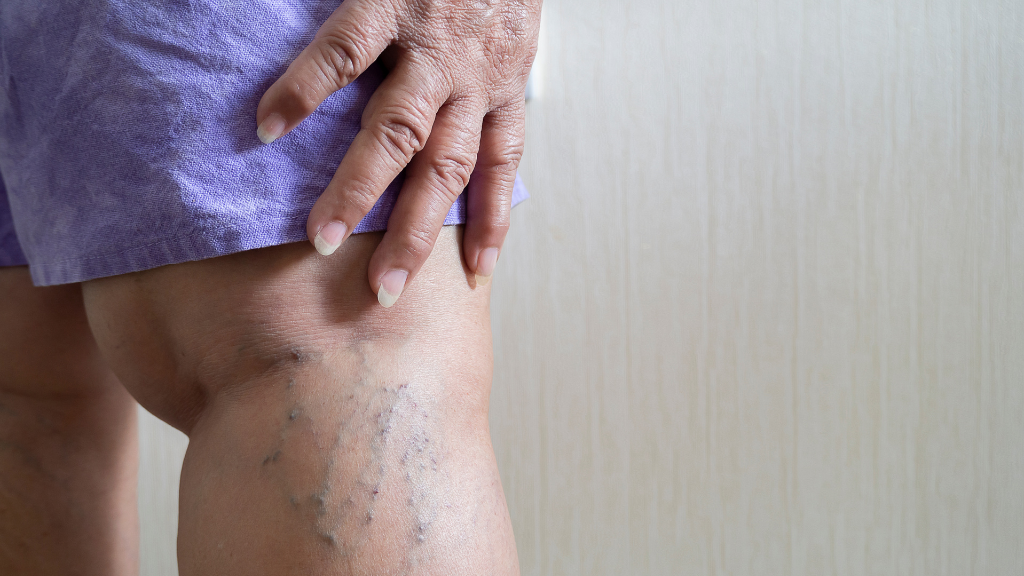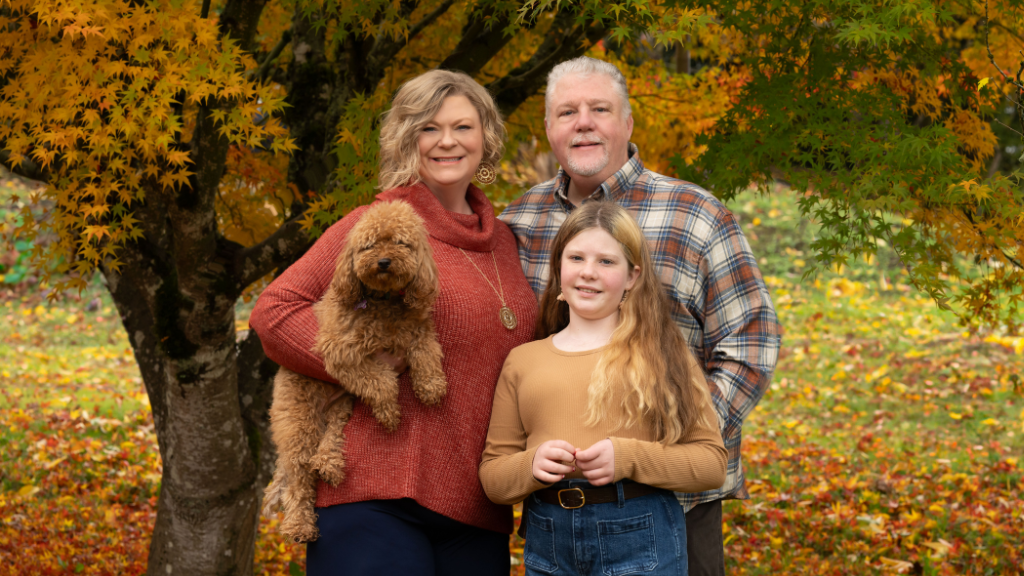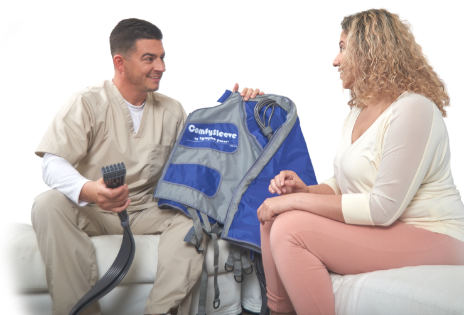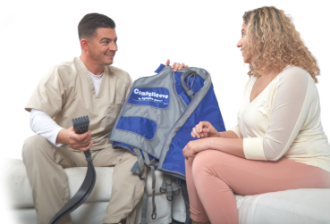Venous insufficiency occurs when blood pools in leg veins, most usually due to the valves in the veins not closing completely and causing reflux, or wrong way blood flow. It is common in women over the age of 40, and in many older men as well.
Chronic venous insufficiency (CVI) is a permanent condition, and tends to worsen over time, so it is important to manage it as early as possible. Would you recognize venous insufficiency? Common CVI symptoms may include:
- Leg pain
- Leg cramps
- Swelling/fluid retention below the waist
- Skin texture changes and discoloration
- Varicose veins
- Foot and leg ulcers
- Non-healing wounds
- Mobility issues and/or disabling foot and leg problems
Although there is no way to eliminate CVI completely, healthcare professionals can help manage the symptoms of the condition.
What Are the Risk Factors for Chronic Venous Insufficiency?
Before we explore the best treatment for venous insufficiency, it helps to first examine the relevant lifestyle risks and contributing conditions. Each person’s treatment options vary according to how CVI is impacting them.
People are more likely to acquire CVI if they have any of the following risk factors:
- Clinical obesity
- Pregnancy
- Smoking
- Family history of venous disease
- Previous blood clots
- Phlebitis, which is vein swelling/inflammation
- Leg injury
- Leg surgery
- High blood pressure in the legs due to inactivity
- Sedentary lifestyle
Some of the above risk factors can be minimized through thoughtful healthcare management. Others are more intractable and may even be genetic.
By the time someone notices the classic CVI symptoms like persistent pain, skin changes, and leg ulcers, they may already be in the advanced stages of the disease. Still, this doesn’t mean their condition is untreatable.
How is Chronic Venous Insufficiency Treated Most Effectively?
It’s not possible to reverse venous insufficiency completely, but it’s possible to minimize the symptoms so that the disorder lessens the impact on a person’s life. Chronic venous insufficiency has been well-studied for decades, and there are now many types of effective treatments.
Elevation
Leg elevation is considered one of the most basic and effective methods of treating the symptoms of venous insufficiency, especially in its earliest stages. The legs should be raised on a footstool or in a reclining chair 3 to 4 times per day for at least 15 minutes at a time.
Keep in mind, however, that elevation alone is usually not adequate treatment. It’s just one treatment that should be used in conjunction with other options like compression and medical procedures recommended by a doctor.
Compression
Compression stockings and pneumatic compression devices are two examples of CVI compression treatments with long histories of proven medical benefits. Compression supports vein walls, encouraging the movement of blood back to the heart. Pneumatic compression for chronic venous insufficiency is one of the most effective ways to accomplish symptom relief. There are three main benefits:
- Reduces edema fluid buildup/swelling
- Increases circulation
- Reduces the chance of getting cellulitis, an infection of the skin.
Lifestyle Modification
Because obesity and a sedentary lifestyle can add to the likelihood of developing venous insufficiency, mild to moderate daily exercise is recommended. After sitting for a long period, the person should get up and stretch their legs by walking around for about 15 to 20 minutes. More strenuous exercise should be incorporated under the supervision of a doctor. Smoking cessation is also important because smoking is one of the top contributors to vein disease in the U.S. According to the CDC, tobacco smoking is thought to be a contributor to about 1 in 4 fatal cases of cardiovascular disease.
Minimally Invasive Procedures
Several types of minimally invasive outpatient procedures can be recommended for CVI. One common procedure is endovenous laser treatment, also known as radiofrequency ablation (RFA), a type of thermal ablation. Additional treatment options include nonthermal ablation, phlebectomy, lysis therapy, sclerotherapy, or stents.
Sclerotherapy
Severe venous cases may be good matches for sclerotherapy treatment. This is a more advanced type of procedure that involves injecting a special chemical into the veins, thereby creating intentional scarring. The body absorbs the newly scarred veins and reroutes blood through other veins in the body.
Surgery
Certain venous surgeries remove or redirect damaged veins to route blood through other paths in the body’s network of veins. Vein surgeons handle an array of advanced surgeries, including innovative microsurgeries and supermicrosurgeries.
Addressing Venous Insufficiency Through Education
The bottom line is that there might not yet be a way to reverse venous insufficiency, but many effective treatments are available. In addition to the options listed above, patient education is key to living with CVI successfully.
Lympha Press provides a wide range of educational articles and materials for patients and providers looking for CVI resources. To learn more about the innovative treatment options available for people with vein disorders, please reach out to Lympha Press.
